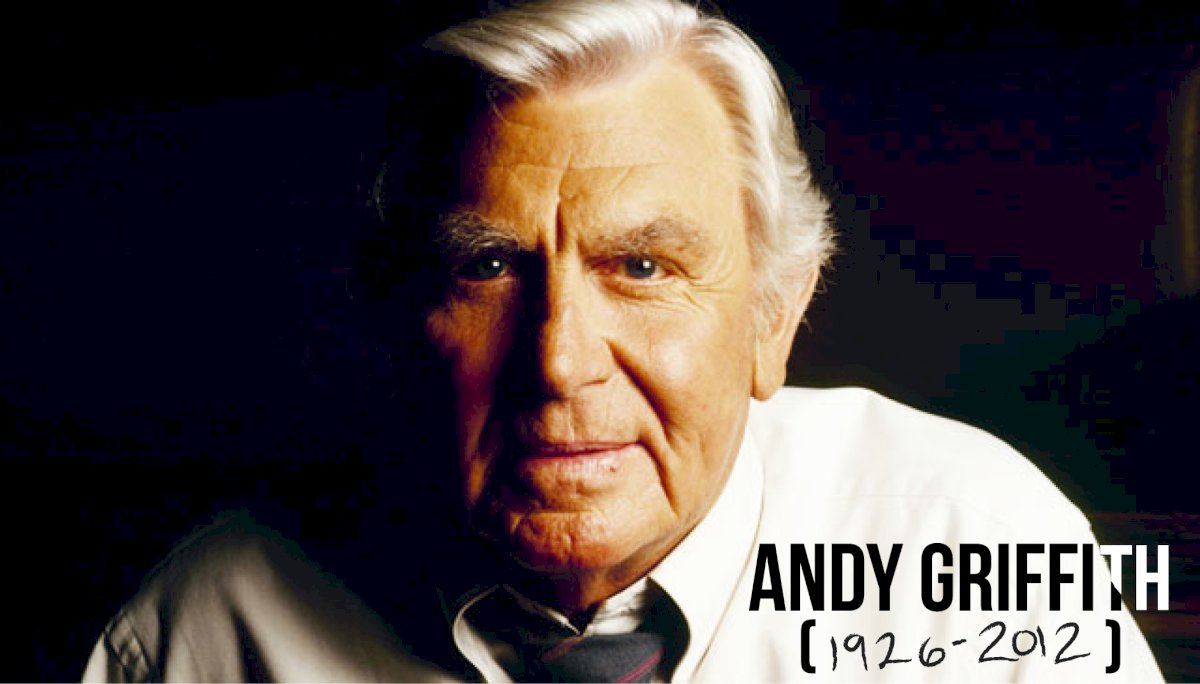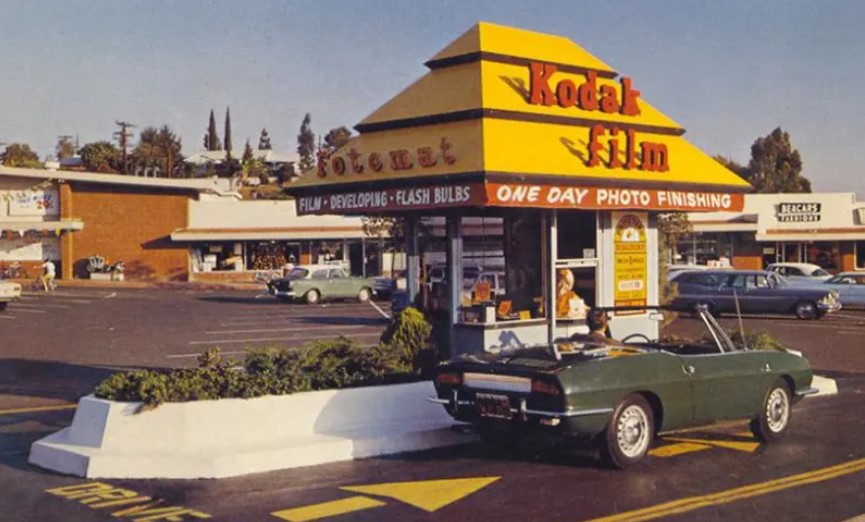Andy Warhol, an enigmatic figure in the art world, was not just a painter; he was a cultural visionary and a provocateur. His art redefined the way we perceive and interact with the world. In this comprehensive article, we will delve into the life, work, and impact of Andy Warhol, exploring his journey from a struggling commercial artist to a global phenomenon, and the enduring legacy he left behind.

Early Life and Education

Born Andrew Warhola on August 6, 1928, in Pittsburgh, Pennsylvania, to Slovakian immigrant parents, Andy's early years were marked by hardship and modesty. His upbringing in a working-class family left a lasting impression on him, influencing his later fascination with the consumer culture and the quest for fame.
After graduating from Schenley High School, Warhol attended the Carnegie Institute of Technology (now Carnegie Mellon University) to study commercial art. It was here that he honed his skills in graphic design and illustration. Upon graduation in 1949, he moved to New York City, where his artistic journey truly began.
The Commercial Artist

Warhol started his career as a commercial artist, working for magazines like Vogue and Harper's Bazaar, creating illustrations and advertising designs. He quickly gained recognition for his distinctive style, characterized by his ability to simplify complex subjects into vivid and compelling visuals.
His success in the commercial art world provided him with financial stability, but he harbored ambitions of becoming a fine artist. Throughout the 1950s, Warhol exhibited his early works, which were often influenced by abstract expressionism, but his breakthrough was yet to come.
Pop Art Emergence

The 1960s witnessed a remarkable transformation in Warhol's artistic approach. Inspired by the burgeoning consumer culture and the explosion of mass media, he embraced the movement that would make him an icon: Pop Art. Pop Art was a radical departure from the prevailing art world norms, focusing on the mundane, the mass-produced, and the commercial.
Warhol's first foray into Pop Art was with his iconic Campbell's Soup Cans series in 1961. These works featured multiple canvases, each showcasing a different variety of Campbell's soup. They were a stark departure from the abstract expressionism of the time, provoking mixed reactions but undoubtedly grabbing attention.
The Factory and the Celebrity Cult

Warhol's New York studio, known as "The Factory," became a hub for creativity, counterculture, and celebrity. It was a place where artists, musicians, actors, and socialites mingled. The Factory symbolized Warhol's belief in the art of duplication and mass production.
One of Warhol's most famous quotes encapsulates his view on celebrity and media: "In the future, everyone will be world-famous for 15 minutes." He was fascinated by the allure of stardom and obsessed with the idea of commodifying art and fame.
The Silk Screen Technique

Warhol's experimentation with art techniques played a pivotal role in his artistic journey. He adopted the silk screen printing process as his primary method, allowing him to create multiple reproductions of an image. This technique aligned perfectly with his fascination with mass production and consumerism.
The silkscreen process enabled Warhol to create some of his most iconic works, including the series of celebrity portraits featuring Marilyn Monroe, Elvis Presley, and Elizabeth Taylor. These pieces transformed these celebrities into icons, examining the intersection of fame, identity, and art.
The Brillo Boxes and Everyday Objects

Warhol's genius lay in his ability to take everyday objects and elevate them to the status of high art. The Brillo Boxes, a series of sculptures based on the packaging of Brillo soap pads, was a groundbreaking example. By reproducing these ordinary objects in artistic contexts, Warhol challenged the very definition of art.
His work with Brillo Boxes, along with pieces like the "Campbell's Soup Cans" and "Coca-Cola (3)," captured the essence of consumerism, raising profound questions about the nature of art and commerce.
The Portraits: Celebrities and Socialites

Warhol's fascination with fame led to his creation of iconic portraits. He painted some of the biggest stars of his time, including Marilyn Monroe, Elvis Presley, and Mao Zedong. These portraits revealed the complex and paradoxical nature of celebrity culture and identity.
His Marilyn Monroe series, in particular, offered a unique perspective on the tragedy and allure of fame. By repeating her image, he highlighted her transformation from Norma Jeane Baker into a global icon and the darkness that lay beneath her glamorous exterior.
The "Death and Disaster" Series

In addition to his portraits, Warhol delved into more unsettling subjects. His "Death and Disaster" series featured works based on news photos of car crashes, suicides, and electric chairs. These pieces were jarring and grim, provoking strong reactions from critics and viewers.
Warhol's exploration of death and violence challenged the boundaries of art and taste, underscoring the power of visual images to shock and disturb.
The Films and Explorations in Media

Warhol's artistic experimentation extended beyond visual art. He directed and produced numerous films, including "Sleep" (1963), an over-five-hour-long film featuring a man sleeping. His films, often unconventional and avant-garde, reflected his interest in pushing the boundaries of the medium.
Warhol was also a pioneer in art-related media. His magazine "Interview" served as a platform for conversations with celebrities, artists, and cultural figures, giving a voice to the cultural dialogue of the era.
Controversy and Criticism

Warhol's work was never without controversy and criticism. Some dismissed his art as shallow and superficial, arguing that it reflected the emptiness of consumer culture rather than offering any profound insight. Others, however, saw his art as a brilliant critique of contemporary society and its obsession with consumption and fame.
Critics often grappled with the question of whether Warhol was a sincere artist or a manipulative showman, and whether his work was profound or merely an empty representation of popular culture.
Attempt on His Life

In 1968, Warhol faced a life-threatening event when he was shot by Valerie Solanas, a radical feminist and playwright. The attack, which occurred at The Factory, left Warhol severely wounded and deeply affected him. This event marked a turning point in his life and art, making him more reclusive and cautious.
Later Works and the 1980s

In the 1970s and 1980s, Warhol continued to produce art and explore new directions. He created commissioned portraits for clients, including Jean-Michel Basquiat and Keith Haring, two emerging artists who would later become influential in their own right.
Warhol also embraced collaborations, working with various artists, including Jean-Michel Basquiat, on pieces that merged different artistic styles and voices.
Legacy and Influence

Andy Warhol passed away on February 22, 1987, but his legacy endures. His influence on contemporary art, culture, and society is immeasurable. Warhol's ideas about consumer culture, mass production, and fame have become intrinsic to our understanding of the modern world.
Warhol's concept of art as a commodity and his use of repetition and appropriation have influenced generations of artists, from Jeff Koons to Damien Hirst. He laid the foundation for contemporary art movements like appropriation art and the art of spectacle, which challenge our perceptions and values.

His impact on popular culture and society has been profound. Warhol's ability to capture the essence of a society obsessed with consumerism, fame, and media still resonates today. His art transcends the boundaries between high and low culture, offering a commentary on the very fabric of modern life.
Conclusion

Andy Warhol was not just an artist; he was a cultural chameleon who redefined the parameters of art and its place in contemporary society. His work challenged traditional notions of art, transcended boundaries, and offered a new perspective on the intersection of art, celebrity, consumerism, and media. The enigmatic figure of Andy Warhol remains an eternal icon—a visionary whose impact will continue to reverberate through the corridors of art and culture for generations to come.


